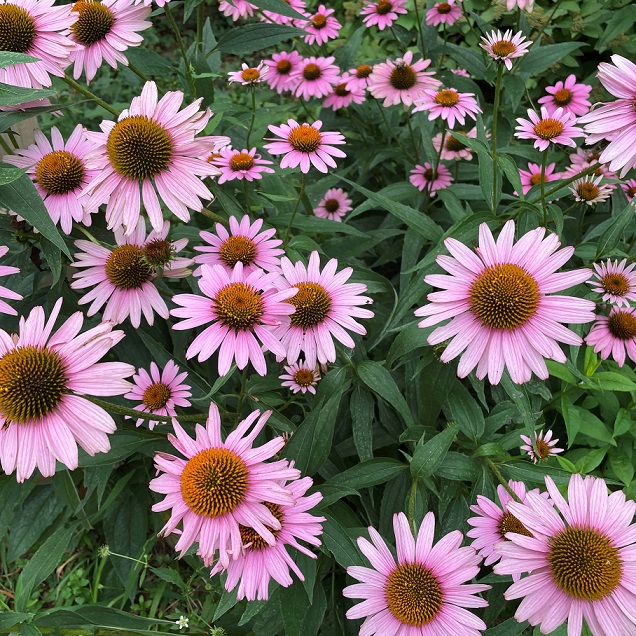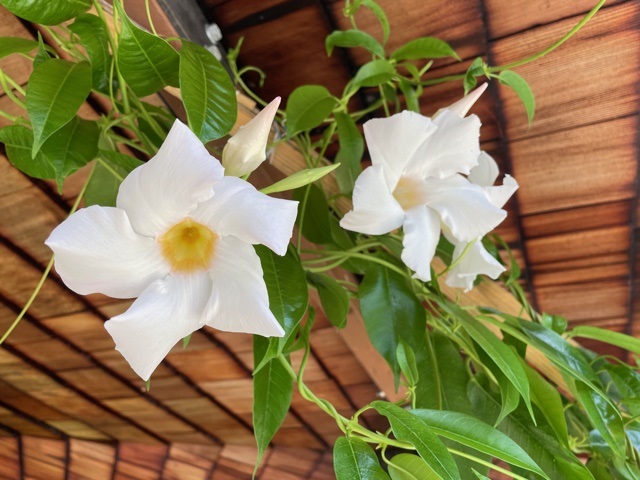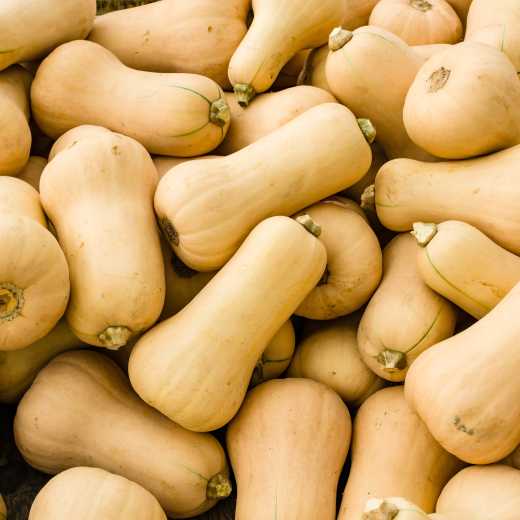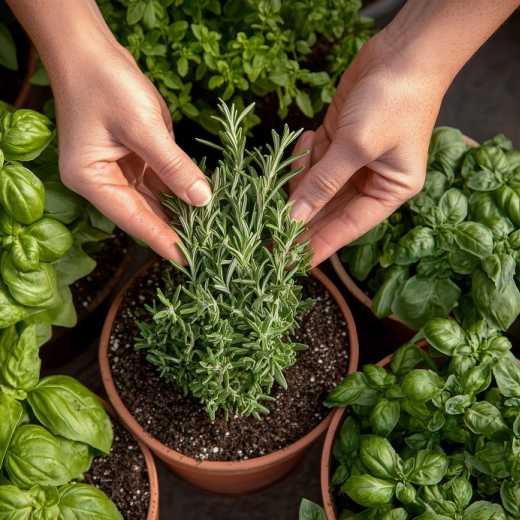Summer Flowers That Thrive in Heat
Many flower gardens look great in spring and early summer but begin to look a little frazzled, just like the gardener, when the summer sun beats down. Even though summer officially just began with the summer solstice in June, the temperature has been in the high 90s in my garden this past week. By planting flowers that thrive in heat and bloom in mid to late summer, you can keep your flower garden looking fresh and full of vitality all summer long.
- Have good soil. This is essential so roots will go deep where soil temperatures are cooler
- Have ample water. This is also essential for plants to survive in the summer. Water daily until the roots become established, and about twice a week once the plants start putting out new leaves and flowering, indicating that they are becoming established. Water deeply when you do water. It takes a long time for water to reach 12 inches deep where most roots are, so don’t just sprinkle the top of the soil. That will just encourage roots to stay at the surface, and they will cook in the heat of summer. Container plantings will need to be watered daily, unless it rains, or even twice daily if it is extremely hot and windy.
- Mulch, mulch, mulch!!! I’ve found that, in the long run, it makes more of a difference than anything you do in your garden. It keeps the soil cooler, breaks down to supply nutrients to the soil and plants, retains moisture in the soil, and keeps down weeds. Weeds steal moisture and nutrients from your plants and time and energy from you. Mulch also makes your beds look much nicer and keeps soil from splattering on your plants which can spread disease organisms.
- Keep plants deadheaded. Their goal in life is to reproduce by setting seeds. If you cut off the spent flowers, the plants cannot make seeds so they will just keep blooming.
- Cutback to rejuvenate. If your plants start to look a little worn, and what doesn’t in a hot summer, cut them back by about one-third, water them well, and give them a shot of fertilizer in the form of seaweed extract, fish emulsion, compost tea, or manure tea.

The following plants are some that grow well and flower all summer and fall when you really want your garden to have beautiful color without a lot of work.
- Annuals: angelonias, celosias (reseeds), cleome (reseeds), cosmos, golden crownbeard (reseeds prolifically), Mexican zinnias, calibrachoa (million bells), nicotiana (flowering tobacco), pentas, petunias, salvias, sun coleus, sunflowers, vinca (periwinkle), zinnias (reseeds)
- Perennials: achillea (yarrow), astilbe (shade), gaura, garden phlox, lantanas, malvas, Mexican bush sage, monardas, perovskia (Russian sage), purple coneflowers, rudbeckia (black-eyed Susans), salvias, shasta Daisies ‘Becky’, veronicas
- Vines: black-eyed Susan vine, cardinal vine, crossvine, moonflower vine, morning glory, purple hyacinth bean
- Bulbs and Tubers: alliums, cannas, dahlias, daylilies, elephant ears, gladiolus, lycoris (magic lilies, naked ladies – bloom late summer), lilies, mallows, tuberose
- Flowering Shrubs: altheas (rose of Sharon), abelias, American beautyberry, bird of paradise, caryopteris (fall blooming), catmint (Walker’s low), crepe myrtles, hydrangeas (panicle & arborescens), knock-out roses, nandinas (dwarf), red Texas star hibiscus, spireas, vitex
- Tropical Plants – these will not survive the winter; however, they are amazing in containers or in the ground all summer: Bougainvillea, datura, hibiscus, mandevilla

Not only do these beautiful plants grow well in heat, drought, and wind, they will attract hummingbirds, butterflies, and other pollinators to the garden for your summer enjoyment. Happy Summer Gardening!
National Garden Clubs, Inc. is a 501(c)(3) organization that aims to promote the love of gardening, floral design, and civic and environmental responsibility. There is a local club near you, click here to find one and join. Subscribe to the NGC’s blog by entering your e-mail here. You do not have to be an NGC member to subscribe. NGC welcomes blog article submissions, e-mail the Blog Administrator at blog@gardenclub.org.

 Member Login
Member Login






